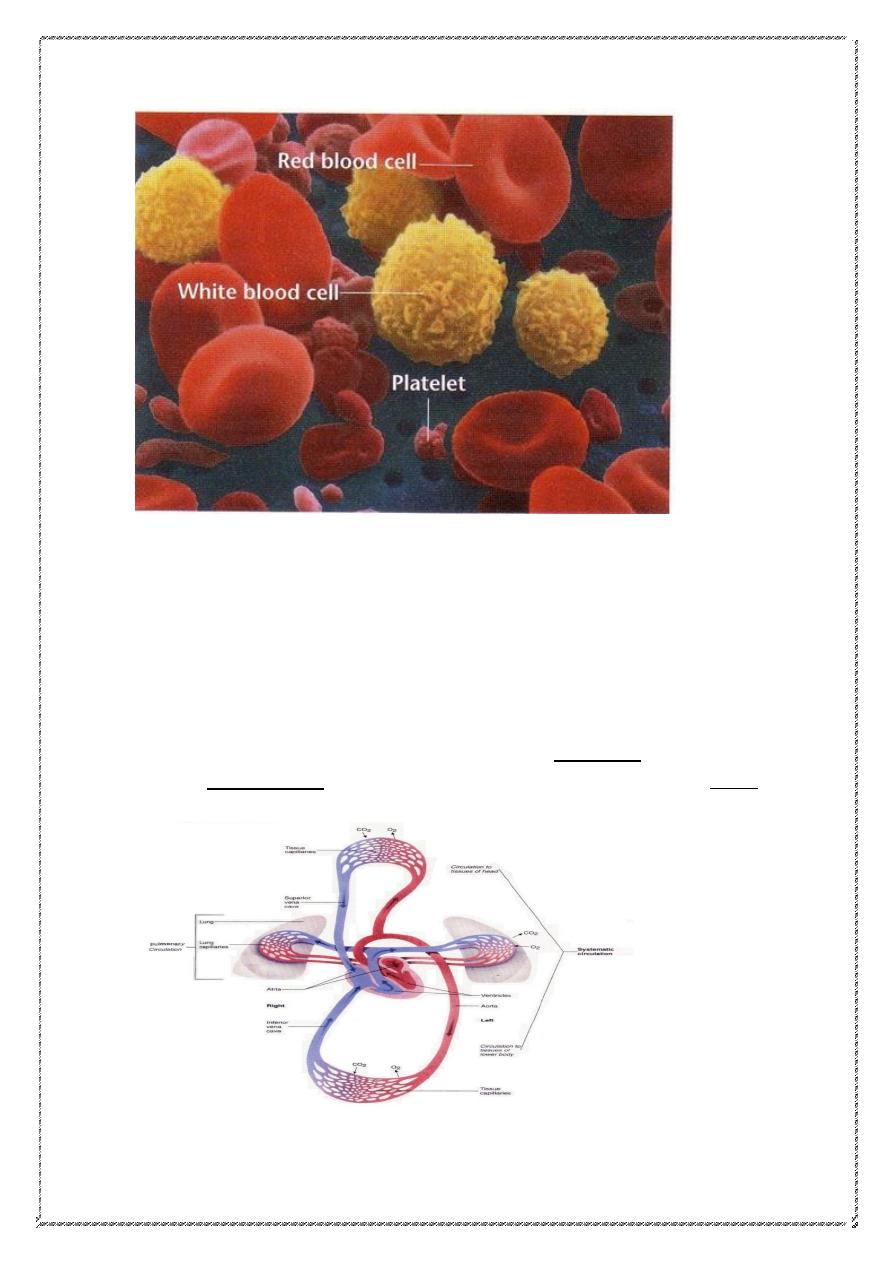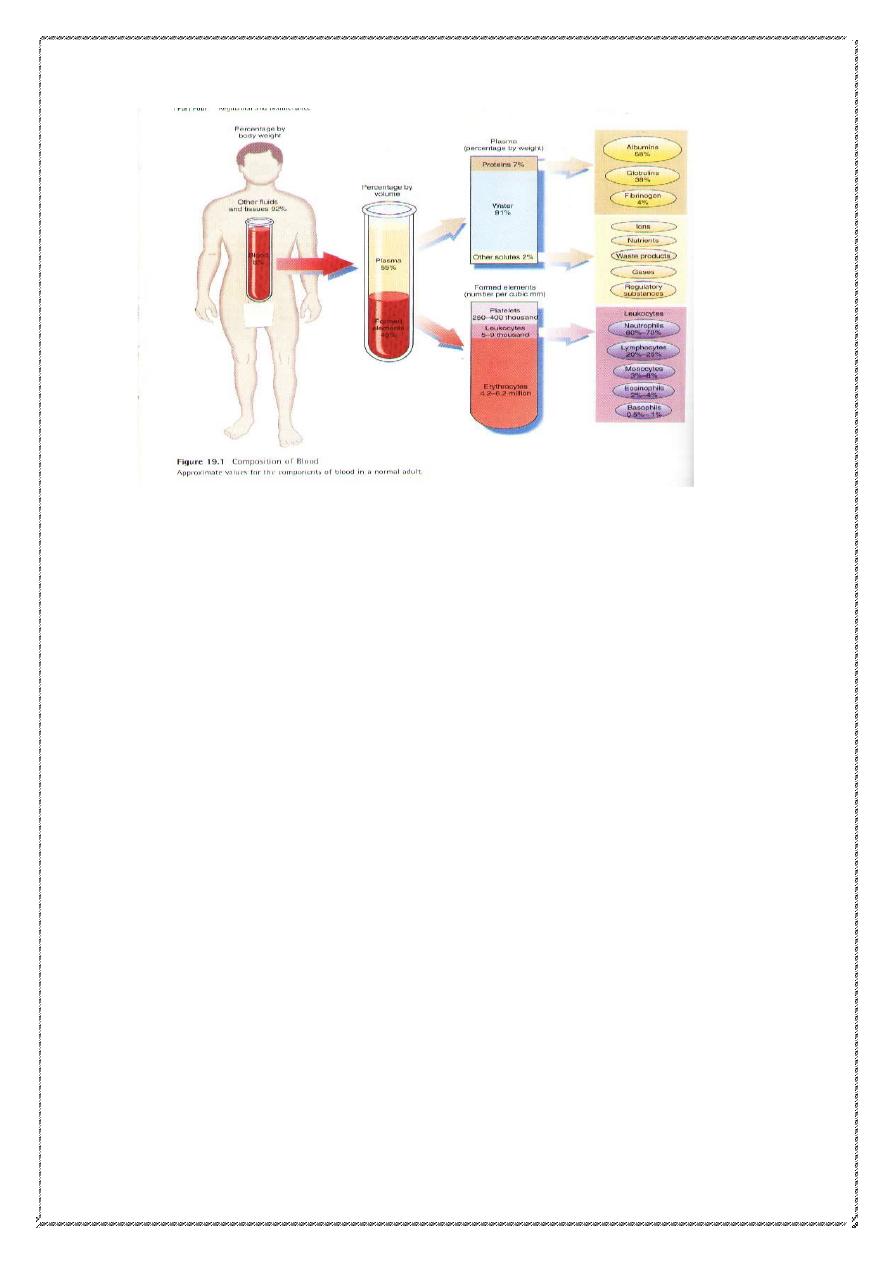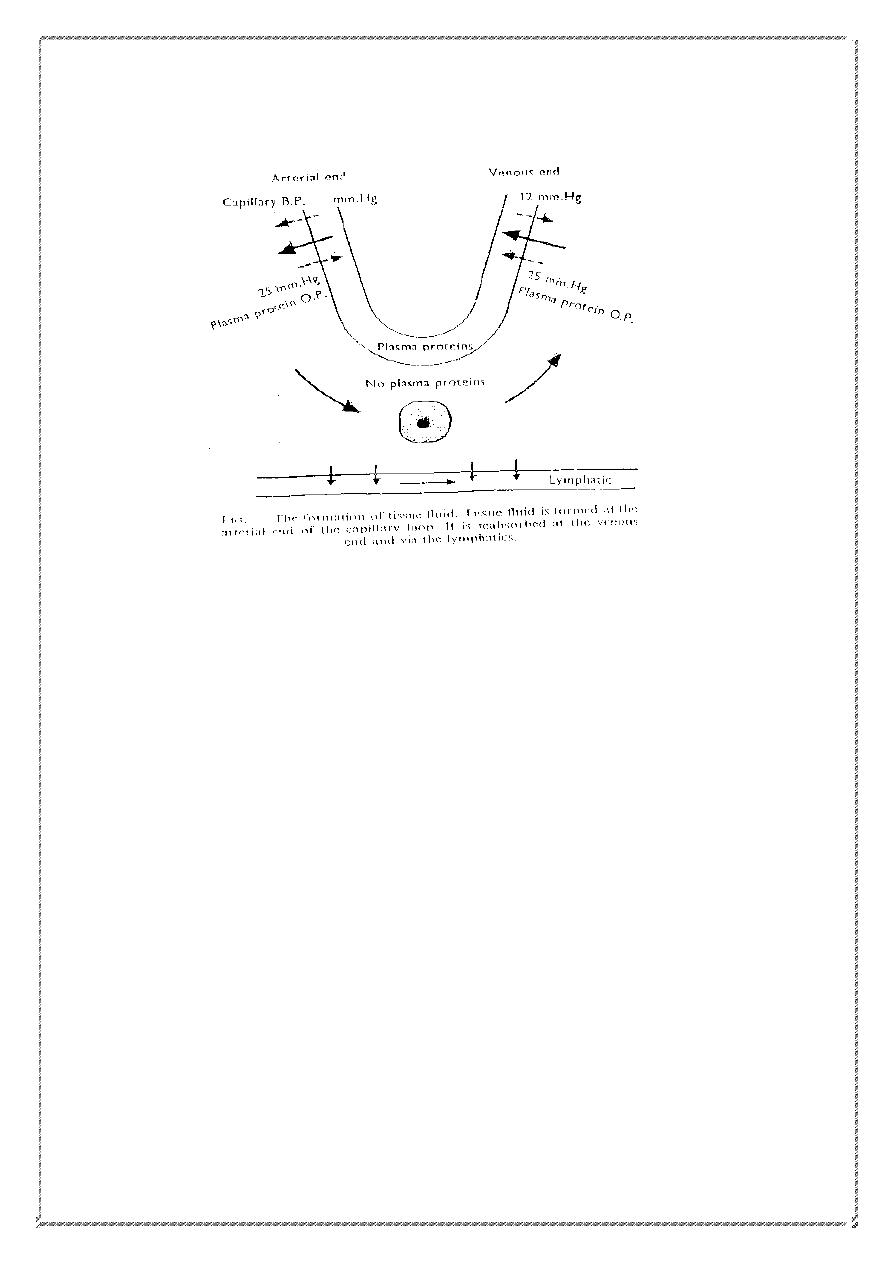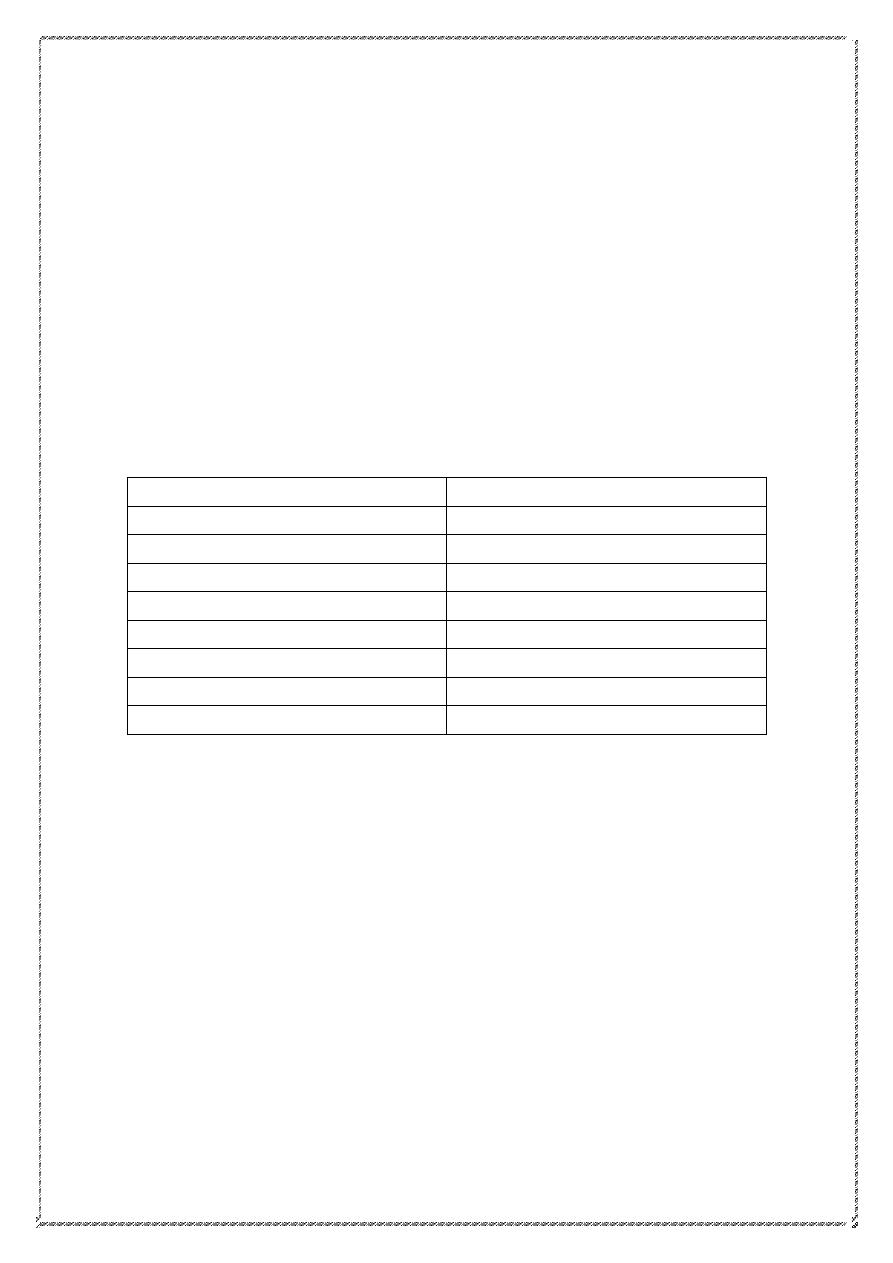
1
Dr.baybeenAlselevany /PhD
Dept. Of Medical Physiology
College of Medicine
University of Mosul
2016-2017
تعليمات
توزيع درجات الفسلجة الطبية للعام
2016
-
2017
نصف السنة
30
%
عملى نصف السنة
10
%
السعى السنوى
40
%
االمتحان
النهائى
60
: ويشمل%
15
عملى%
45
نظرى%
= النهائى+ ىونسلا ىعسلا : نذا
100
%
منوذج االمتحان
1
.نوع االسئلة
MCQ)
)
multiple choice
Question
.ومخسة اختيارات للنظرى
2
. العملى
spot examination

2
References
1.
4.Text Book of Medical Physiology. Guyton and Hall.
11ed.
2.Review of Medical Physiology.WillamF.Ganong.
3.Essentials of Phsiology.Nicholassperelakis ,Robert
O.Banks.
4.Human Physiology .Vander ,Sherman,Luciano.
5.internet
--------------------------
-------------------------------
BLOOD PHYSIOLOGY
Lec. 11-11-2016
DrbaybeenAlselevany
Objectives
1.definitions
2.compostion of blood
3.functions of blood
4.plasma
5.serum
6.lymph
Hematology: defined as the scientific study of the structure and functions
of blood in health & disease. i.e. study the normal and abnormal
morphology and physiology of blood.

3
Blood: - has been defined as a highly specialized tissue, which along with
the circulatory system is adapted to meet the needs of the body tissues
and organ systems. Such as exchange of gases, provision of nutrients, and
removal of waste products.
Cells required constant nutrition and waste removal because they are
metabolically active. Most cells are located some distance from nutrient
sources such as the digestive tract & sites of waste disposal such as
kidneys. The cardiovascular system(which consists of the heart, blood
vessels and blood) connects the various tissues. The heart pumps blood
through blood vessels, which extend throughout the body, and the blood
delivers nutrient and picks up waste products.
General
Functions of blood

4
1.Transportation: blood is the primary transport medium of the body.
a. O
2
enters the blood from the lungs and is carried to cells, and
CO
2
produced by cells is carried from the blood to the lungs
from which it is expelled.
b.The blood from the gastrointestinal tract to cells transports
ingested nutrients, electrolytes & water, and waste products are
transported from cells to kidneys for elimination in urine.
2.Maintenance: blood plays a crucial role in maintaining
homeostasis(constancy of internal environment).
a.. many of the hormones and enzymes that regulate
body processes , are found in blood which act as buffers
which help keep the blood’s PH within its normal limits
of 7.35 – 7.45.
b.The osmotic composition of blood is also critical for
maintaining the normal fluid & electrolyte balance.
c.Temeprature regulation :because blood can hold heat, it
is involved with temperature regulation transporting heat
from the interior to the surface of the body, where the
heat is released.
3) Protection: cells and chemicals of the blood constitute an
important in immune system, protecting against foreign substances
such as microorganisms and toxins. Blood clotting also provides
protection against excessive fluid & cell loss when blood vessels are
damaged.
Composition of Blood
The normal total circulating blood volume is 8% of the body weight of a
70kg man (i.e. 5600ml). Blood is a type of connective tissue, consisting
of:
1- Plasma: the fluid portion of blood.
2- Blood cells: the solid portion of blood.
a. Specialized cells (erythrocytes and Leukocytes).
b. Cell fragments (platelets or thrombocytes).

5
PLASMA
The normal plasma volume is 55% of total blood volume(TBV) i.e
3080. Plasma remaining fluid only if an anticoagulant is added to the
blood.
Composition of Plasma
Plasma: is a pale yellow fluid that consists of:
1. 91% water: which acts as a solvent and suspending medium for
blood component
2.2% other solutes such as ions (involved in osmosis, membrane
potential and acid-base balance), nutrients (as a source of energy),
vitamins (promote enzyme activity), gases (such as O
2
necessary for
aerobic respiration, and CO
2
waste product of aerobic respiration),
regulatory substances (such as hormones), and waste products (such
as urea, uric acid, etc which are excreted by the kidneys.
3. (7%) plasma proteins: Plasma is a colloidal solution, which is a
liquid containing suspended substance that does not settle out of
solution. Most of the suspended substances are plasma proteins, which
include albumin, globulins, and fibrinogen.
Separation of proteins in a plasma sample is performed by a technique
called electrophoresis.

6
Origin of plasma proteins:
Most of the plasma proteins are synthesized in the liver except circulating
antibodies or immunoglobulin's (Ig's) which are manufactured in the
plasma cells (from B-lymphocytes).
Functions of plasma proteins
Five major functions of plasma proteins.
1- Coagulation: fibrinogen is responsible for blood clots. If there is
congenital absence of fibrinogen (afibrogenemia) the result will be
defect in clotting mechanism. There are plasma proteins known as
fibrinolytic factors such as plasminogen, which prevent formation of
spontaneous clots in the blood vessels.
2. Transport: many plasma proteins acts as carriers for many simple
and complex compounds involved in nutrition & hormonal
integration. Albumin & globulins acts as carrier proteins.
3. Inflammation: Plasma also contains a number of proteins that play
a major role in the production of inflammatory responses resulting
from infection, allergy, or autoimmune disease. e.g. β- globulins.
Many of these proteins are present in an inactive form that can be
activated by chemical stimuli.
2. Immunity:Immunoglobulin's (Ig's) or antibodies: Formed by β
– lymphocytes & play a major role in the body’s defense against
invading pathogens. Ig's are found mainly in the γ - globulin fraction
of plasma. Ig's are:, IgA, IgD, IgE, IgG , and IgM.
5-Transvascular exchange of water: This is mainly the function of
albumins. The osmotic (oncotic) pressure of albumins maintains the
delicate balance between the two fluid compartments. About 60% of
capillary oncotic pressure is due to plasma protein albumin, which is
about 25 mmHg at arterial and venous ends of capillary and tends to
cause osmosis of fluid inward through the capillary. Filtration is
occurred at arterial end of capillary because capillary hydrostatic
pressure, which is about 40 mmHg, exceeds the oncotic pressure, while
at the venous end, reabsorption of water occurs because oncotic
pressure exceeds capillary hydrostatic pressure, which is about 12
mmHg.

7
If there is abnormal imbalance of forces at capillary wall, odemaresult.
Odema (Dropsy) : Is the failure of reabsorption of tissue fluids ( i.e.
the filtration rate is exceed the reabsorption rate). Causes of odema:
Hypoproteinemia: plasma protein levels are low such as in liver
disease, nephritis (kidney disease), particularly the nephrotic
syndrome there is a large loss of protein in the urine (albuminuria).
a.high venous pressure: e.g. congestive heart failure.
b.a venous thrombosis: e.g. a very high bandage, or a plaster cast
which is obstructing the veins, pregnant women may have swollen
legs as a result of pressure by the baby in utero on the veins
returning blood from the legs.
c.Increased capillary permeability: e.g. insect bit.
Serum
If whole blood is allowed to clot and the clot is removed, the remaining
fluid is called serum. Serum has essentially the same composition as
plasma except that 1- its clotting factors: fibrinogen (factor I),
prothrombin (factor II), labile factor (factor V), and antihemophilic factor
VIII have been removed and 2- it has a higher serotonin content because

8
of the breakdown of platelets during clotting mechanism. So serum may
be defined as plasma minus clotting factors (I, II, V, and VIII)
LYMPH
Lymph is tissue fluid that enters the venous blood through
lymphatic circulation.
Composition:
1- It contains clotting factors and clot on standing in vitro.
2- It contains proteins that traverse capillary walls and return to blood via
the lymph. The concentration of protein in the lymph is lower than
that of plasma. Lymph protein content varies with the region from
which the lymph drains as shown in the table:
Table : protein content of lymph in humans.
Source of lymph
Protein content (g / dL)
Liver
6.2
Heart
4.4
Gastrointestinal Tract
4.1
Lung
4
Skeletal muscle
2
Skin
2
Ciliary body
0
Choroid plexus
0
By : Ody Drd
